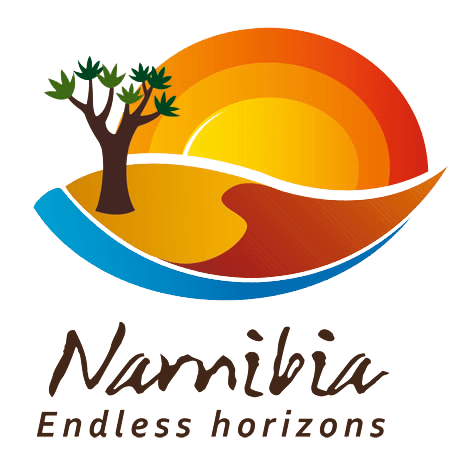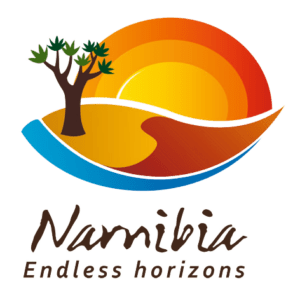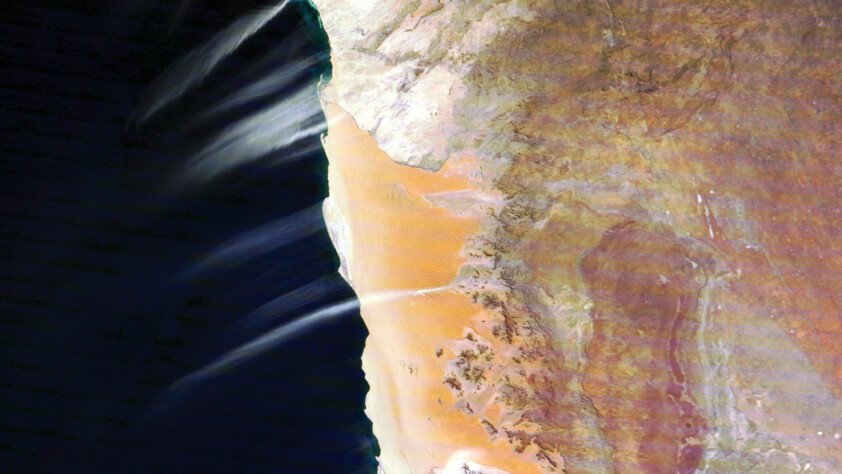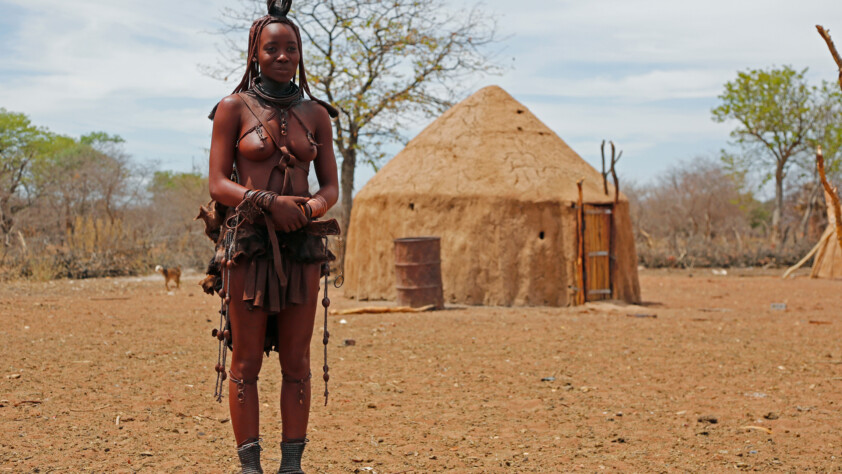(Photo by Johan Jooste via 500px)
If you’ve been to Namibia before, or if you’ve read about it, you know that it is a wildly popular place for photographers to visit. Sites like Sossusvlei, Fish River Canyon, Kolmanskop, and Etosha National Park are all spectacular places to capture on film… But what if you want something a little different from your photography safari? Well don’t worry we’ve got you covered- Here are some alternative photographic destinations in Namibia…
Photographers… There’s one in every family.
The Koichab pan can be found at the end of the Namib Sand Sea. The pan was formed as dunes slowly shifted and blocked the Koichab River from flowing into the sea. The resulting pan and dunes surrounding it are now a place where life can survive in a once inhospitable part of the Namib Desert.
The dunes of Koichab are uniquely spotted with vegetation thanks to the perennial underground water flowing beneath the sand.
You May Also Like
The pan is home to several species of birds such as black crows, lanne falcons, southern pale chanting goshawks as well as a variety of smaller mammals and reptiles. The water and the resulting vegetation found in the area also supports larger animals like springbok, gemsbok and vultures.
The Sperrgebiet National Park
Instead of: KolmanskopThe Sperrgebiet National Park stretches from Luderitz down to the Namibian Border.
The Sperrgebiet (which is German for “Protected Area”) was a diamond-rich area on the coast of Namibia that was completely off-limits to the public for decades. In 2009 the Sperrgebiet was proclaimed as a national park and now locals and visitors can explore the Sperrgebiet National Park like never before.
The interior of an abandoned building deep in the Sperrgebiet. The area has several abandoned and semi-abandoned mining towns and settlements. These relics from the diamond boom years have since been left to be all but swept away by the passage of time and the howling winds and shifting sands of the Namib Desert. Pomona is one such abandoned town.
The park stretches over a massive 26,000 square kilometers, and because it has been off-limits to the public for almost a century the natural environment is in pristine condition. Over a thousand plant species, 120 terrestrial bird species, hundreds of reptile species and over 80 different kinds of mammals call the area home. 25% of Namibia’s entire flora can be found in the Sperrgebiet. This National Park is full of incredible, and surprising landscapes.
Onkoshi Resort in Etosha National Park
Instead of: Namutoni, Okaukuejo, Halali, DolomiteThe Onkoshi camp is in the top-right corner, right on the edge of the pan. A lot of people visit Namibia to catch a glimpse of its remarkable wildlife, and a lot of people choose to do this at the incredible Etosha National Park. When you consider the sheer volume of wildlife within the park it’s easy to understand why so many people visit the world-renowned game park. However, if you want to see it in a slightly different light then one of the most interesting places to stay at within the park is the Onkoshi Resort.There are only 30 beds in the entire camp, spread out over 15 units; so be sure to book in advance.Situated on the rim of the massive Etosha Pan the camp is a low impact, environmentally friendly establishment. This means that you have undisturbed views of the sun setting on the pan as the parks inhabitants make their way across the great expanse. This will allow you to get shots of the scenery and wildlife from a unique perspective. The views of the pan from the camp are unrivalled.Here’s a video tour of the Onkoshi Resort, (Video via NWR):The Zambezi Region
Instead of: Desert landscapes. The Zambezi Region is bordered by Zimbabwe, Angola and Zambia.The Land of the Brave is famous for its vast landscapes and sweeping deserts, but not many people know that in the northern regions of the country there is a lush and verdant corner of the world: This region is the Zambezi Region (formerly the Caprivi Region). The riverine landscape makes for unique photo opportunities in Namibia.
The northeast corner of Namibia is chock full of birdlife, wildlife and a flora making it unlike any other part of our mostly arid nation. The perennial rivers in the region ensure that there is plenty of water for plants and food for the local fauna and this makes it a stunningly verdant place.There are amazing photo opportunities when the local wildlife come down to the rivers.
You can read everything we have published on this fascinating region of our country by clicking here. If you follow that link you will be able to begin planning a trip to the greenest corner of Namibia. A boat making its way through the incredible scenery of the Zambezi Region.
Special Mention: The Naukluft Mountain Range
Since we’re talking about some of the best places to exercise your photographic muscles we just can’t help but mention an often forgotten geological wonder of Namibia: The Naukluft Mountain Range in the Naukluft National Park. Here the dunes and sand of the Namib Desert give way to towering mountains and deep canyons. An aerial view of the Naukluft Mountains. The Sesriem Canyon can be found in this national park.
The park is filled with attractions and accommodation options and is fairly easy to get to and explore on your own steam. For more information check out the Namibia Wildlife Resorts page on the national park.
Remember, anyone can take a fantastic picture of an amazing site, but truly great photography sometimes means getting off the smooth tarred roads and heading into the wilder parts of a country. Hopefully, this list will inspire all the budding photographers out there to hit the road and capture the less explored side of Namibia.




